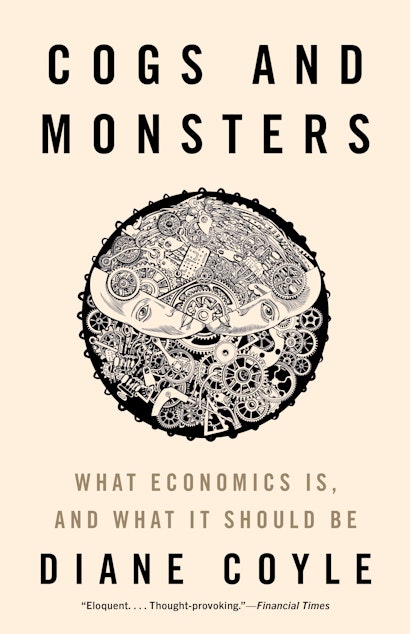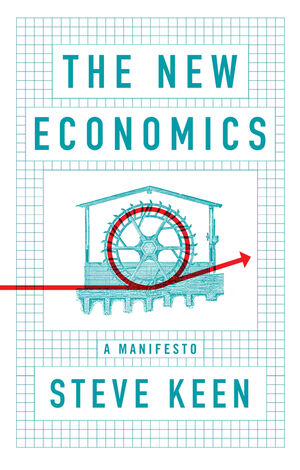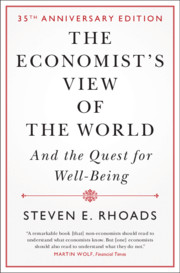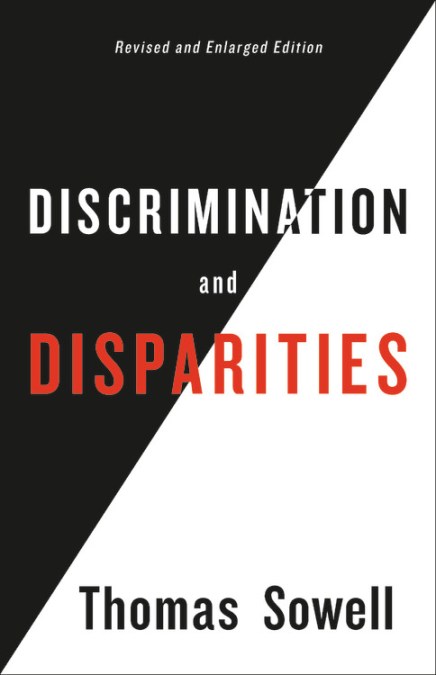23 de desembre 2021
20 de desembre 2021
Sick individuals and sick populations
Sick individuals and sick populations
Individus malalts i poblacions malaltes
Una crítica de l’estratègia poblacional de Geoffrey Rose en la medicina preventiva
Rose's Strategy of Preventive Medicine
És part integral de la bona medicina preguntar no tan sols “Quin és el diagnòstic i quin és el tractament?” sinó també “Per què ha succeït això?” i “Es podia haver previngut?”. Aquesta manera de pensar és la que orienta pràcticament tota la recerca clínica i de laboratori sobre les causes i els mecanismes de la malaltia.
Geoffrey Rose
17 de desembre 2021
16 de desembre 2021
15 de desembre 2021
The economist's view
The Economist’s View of the World And the Quest for Well-Being
Table of Contents
Introduction
Part I. Useful Concepts:
1. Opportunity Cost
2. Marginalism
3. Economic Incentives
Part II. Government and Markets, Efficiency and Equity:
4. Government and the Economy
5. Economists and Equity
6. Externalities and the Government Agenda
Part III. The Limits of Economics:
7. The Economist's Consumer and Individual Well-Being
8. Representatives, Deliberation, and Political Leadership
9. Conclusion.
14 de desembre 2021
The five essential healthcare suppliers
Taking access to the next level: mobilising five essential healthcare sectors
There are five groups that are crucial: Big Pharma, generic medicine manufacturers, vaccine manufacturers, diagnostics companies and medical gas companies.
In all cases, there are a few dominant players that have a big impact on healthcare
13 de desembre 2021
12 de desembre 2021
The value of direct-to-consumer tests
Direct-to-Consumer Tests on the Market Today. Identifying Valuable Tests from Those with Limited Utility
For health care professionals, the analytical validity of DTC tests is a primary concern. Analytical validity of DTC genetic testing can be defined by analytical sensitivity and specificity whereby analytical sensitivity is defined as how often a test is positive when the genetic variant of interest is present in the tested sample, and the analytical specificity is defined as how often a test result is negative when the tested sample does not contain the genetic variant of interest.18 A recent study by Tandy-Connor and colleagues19 “indicated that 40% of variants in a variety of genes reported in DTC raw data were false positives” when compared with clinical confirmatory testing. This study highlights the need to scrutinize the analytical validity of DTC genetic testing and consider confirmatory testing in a clinical diagnostic genetics laboratory.
Per the American Society of Human Genetics, “companies offering DTC genetic testing should disclose the sensitivity, specificity and predictive value of the test, and the populations for the information is known, in a readily understandable and accessible fashion.”
Unfortunately, nobody cares about it, and the regulator is still on vacation.
11 de desembre 2021
Intellectual property rights and wrongs
COMUNICACIÓN DE LA COMISIÓN AL PARLAMENTO EUROPEO, AL
CONSEJO, AL COMITÉ ECONÓMICO Y SOCIAL EUROPEO Y AL COMITÉ DE
LAS REGIONES. Aprovechar al máximo el potencial innovador de la UE:
un plan de acción en materia de propiedad intelectual e industrial para apoyar la
10 de desembre 2021
The pandemic's true death toll
09 de desembre 2021
07 de desembre 2021
Fallacies, differences and discrimination
Discrimination and Disparities
Economic and other outcomes differ vastly among individuals, groups, and nations. Many explanations have been offered for the differences. Some believe that those with less fortunate outcomes are victims of genetics. Others believe that those who are less fortunate are victims of the more fortunate.
Discrimination and Disparities gathers a wide array of empirical evidence to challenge the idea that different economic outcomes can be explained by any one factor, be it discrimination, exploitation, or genetics. This revised and enlarged edition also analyzes the human consequences of the prevailing social vision of these disparities and the policies based on that vision--from educational disasters to widespread crime and violence.
This edition takes on other widespread fallacies, including a non sequitur underlying the prevailing social vision of our time—namely, that if individual economic benefits are not due solely to individual merit, there is justification for having politicians redistribute those benefits.
Each fallacy seems plausible on the surface, but that is what makes it worthwhile to scrutinize both their premises and the underlying facts. Many other new issues are addressed in this edition—in an international context, as in the first edition—but these two fallacies seem to be at the heart of much, if not most, of the prevailing social vision, sometimes summarized as “social justice.”
05 de desembre 2021
Soft budget constraint
Understanding the Soft Budget Constraint
The ‘softening’ of the budget constraint appears when the strict relationship between the expenditure and the earnings of an economic unit (firm, household, etc.) has been relaxed, because excess expenditure will be paid by some other institution, typically be the paternalistic State. The higher the subjective probability that excess expenditure will be covered by external assistance, the softer the budget constraint. The main focus of the paper is on the firm. There are several ways of ‘softening’ the budget constraint: subsidies, tax-exemptions, soft credits and so on. The softness weakens price responsiveness, leads to losses in efficiency and under certain conditions may generate excess demand. The paper examines the ‘soft budget constraint’ syndrome in Hungary, Yugoslavia, and China, i.e. in the economies pioneering in the introduction of market-oriented decentralization reforms. Socialist economies exhibit a rather extreme degree of this phenomenon, which to a lesser degree can be observed in mixed economies as well.
Janos Kornai coined the term "soft budget constraint" and it remains as a nowadays concept. Now that Janos passed away it is a good moment to remember its impact, also in health policy.













